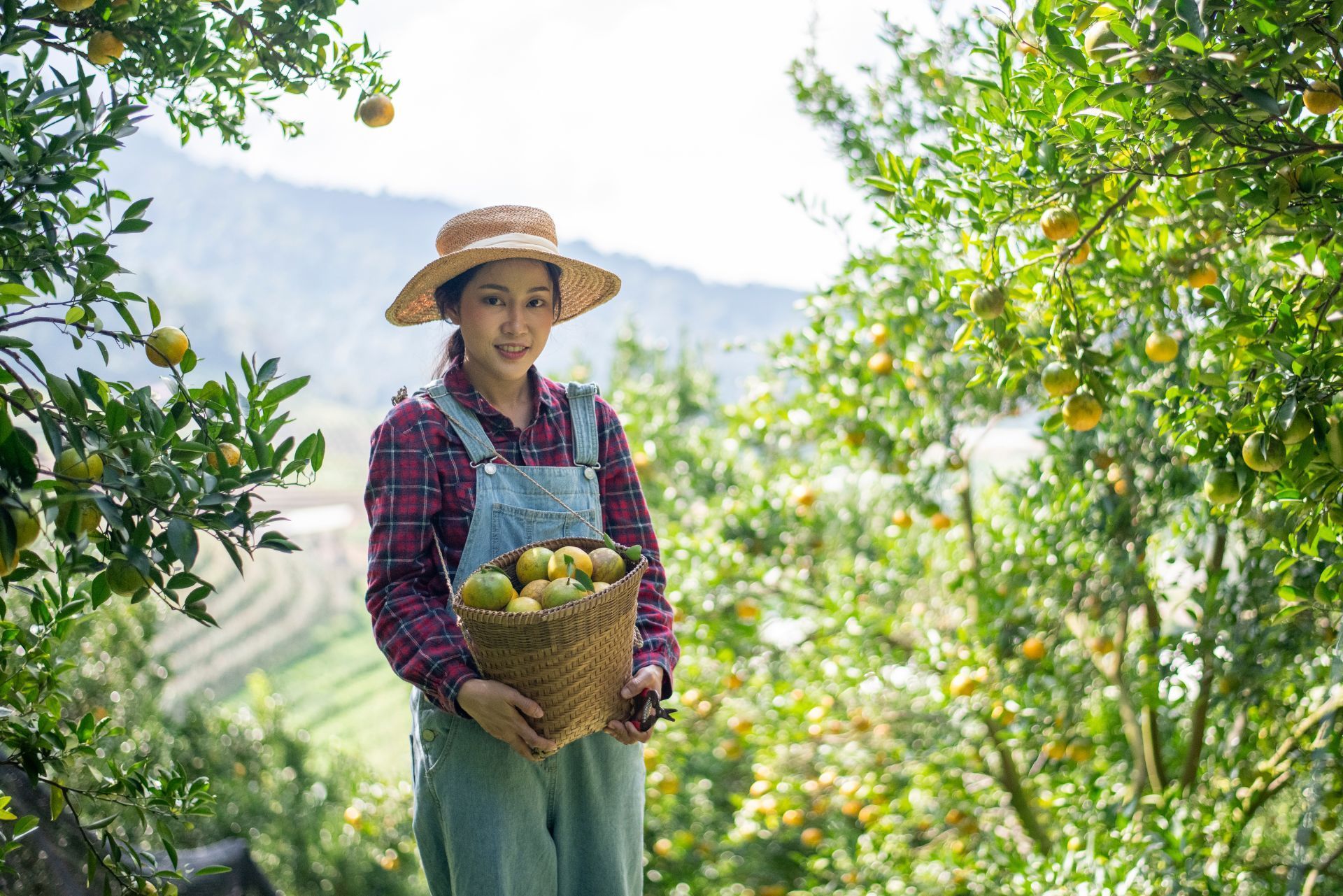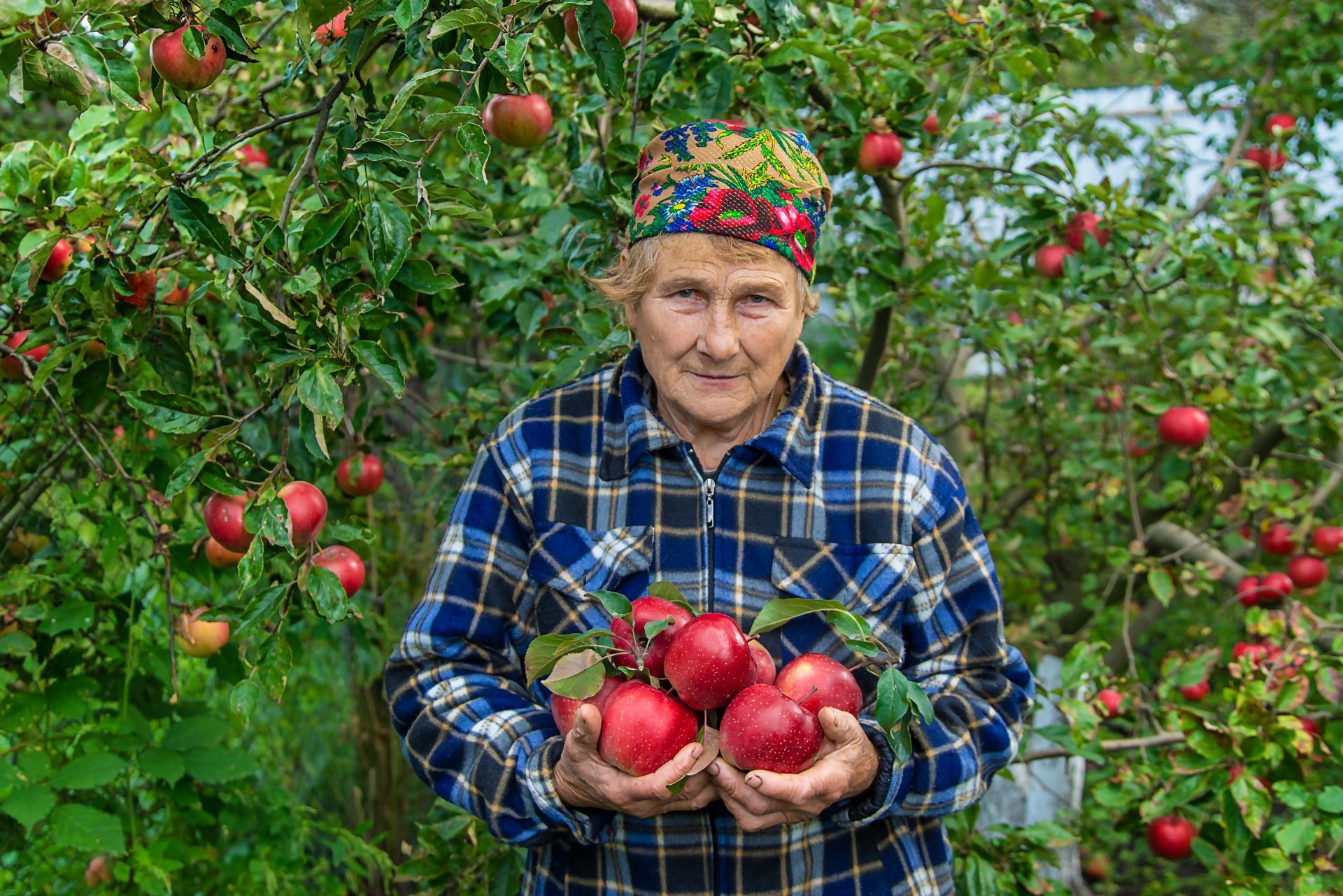
Top 3 Recommended Policies

Growing fruit in an orchard is a rewarding yet challenging endeavor. From nurturing delicate blossoms to harvesting ripe fruit, orchardists face numerous risks that can threaten their livelihood. Whether you cultivate apples, cherries, peaches, or pears, protecting your investment with the right insurance coverage is crucial. This ultimate guide explores everything orchard fruit growers need to know about insurance—from understanding key risks to selecting the best policies tailored for your unique needs.
Understanding the Risks Faced by Orchard Fruit Growers
Before diving into insurance options, it’s essential to grasp the variety of risks that orchardists encounter. These risks can be broadly categorized into natural hazards, operational risks, and market-related challenges.
Natural Hazards and Weather-Related Risks
Fruit orchards are highly vulnerable to weather conditions. Frost, hailstorms, droughts, and excessive rainfall can all cause significant damage to trees and fruit crops. For example, late spring frosts can kill blossoms, drastically reducing yields. According to the National Oceanic and Atmospheric Administration (NOAA), frost damage accounts for billions of dollars in agricultural losses annually in the United States.
Hailstorms are another common threat. Even small hailstones can bruise or puncture fruit, rendering it unsellable. Drought conditions stress trees, reducing fruit size and quality, while excessive rain can promote fungal diseases like apple scab or peach leaf curl. Additionally, climate change is exacerbating these weather-related risks, leading to more unpredictable weather patterns. Orchardists are increasingly finding themselves needing to adapt to shifting growing seasons, which can further complicate planning and management strategies.
Operational Risks: Pests, Diseases, and Equipment Failures
Beyond weather, orchardists must contend with pests such as codling moths, aphids, and fruit flies, which can devastate crops if not managed effectively. Diseases like fire blight and powdery mildew also pose significant threats. Failure to control these can lead to reduced yields or even tree loss. Integrated Pest Management (IPM) strategies are often employed to mitigate these risks, but they require careful monitoring and timely intervention, adding another layer of complexity to orchard management.
Operational risks extend to equipment breakdowns and labor shortages. Harvesting machinery, irrigation systems, and frost protection equipment are vital to orchard success. Unexpected failures can delay operations and increase vulnerability to other risks. Furthermore, the seasonal nature of orchard work often leads to reliance on temporary labor, which can be difficult to secure during peak seasons. This labor volatility can hinder timely harvesting and maintenance, ultimately affecting fruit quality and market readiness.
Market and Financial Risks
Fruit growers also face market volatility, fluctuating prices, and supply chain disruptions. A sudden drop in fruit prices or increased competition can impact profitability. Additionally, rising input costs—such as fertilizers, pesticides, and labor—can squeeze margins. The global market for fruit is also influenced by international trade agreements and tariffs, which can create further uncertainty for local growers. As consumer preferences shift towards organic and sustainably sourced products, orchardists may find themselves needing to invest in new practices or certifications to remain competitive, adding to their financial burden.
Moreover, the impact of climate change is not only felt in the orchard but also in the market. As certain regions become less viable for traditional fruit growing due to changing temperatures and precipitation patterns, growers may need to pivot to alternative crops or invest in new technologies. This transition can be costly and requires a deep understanding of both agronomy and market trends, making it imperative for orchardists to stay informed and adaptable in an ever-evolving agricultural landscape.
Types of Insurance Coverage for Orchard Fruit Growers
Given these diverse risks, orchardists need comprehensive insurance coverage tailored to their operations. Here are the primary types of insurance policies relevant to fruit growers.
Crop Insurance
Crop insurance is the cornerstone of risk management for orchardists. It provides financial protection against losses caused by natural disasters or adverse weather conditions. The U.S. Department of Agriculture’s Risk Management Agency (RMA) administers federally subsidized crop insurance programs that many orchardists rely on.
Two main crop insurance products are available:
- Actual Production History (APH) Insurance: This policy insures the expected yield based on your historical production data. If your harvest falls below the insured amount due to covered risks, you receive indemnity payments.
- Multi-Peril Crop Insurance (MPCI): This broader coverage protects against multiple perils including drought, flood, frost, hail, and disease. MPCI is often combined with APH to provide comprehensive protection.
For orchardists, crop insurance can cover losses not only to fruit but also to trees themselves in some cases, depending on the policy. Additionally, some growers may opt for supplemental coverage options that address specific risks unique to their region or crop type, such as coverage for organic produce or specialty fruits that may not be adequately protected under standard policies.
Property Insurance
Property insurance protects the physical assets of your orchard, including buildings, storage facilities, irrigation systems, and equipment. This coverage helps repair or replace damaged infrastructure after events like fire, storms, or vandalism.
Given the high value of specialized orchard machinery and infrastructure, property insurance is an essential component of your risk management strategy. Furthermore, it’s crucial for orchardists to regularly assess and update their property insurance policies to reflect any changes in their operations, such as new investments in technology or expansion of facilities, ensuring that they are adequately covered against potential losses.
Liability Insurance
Liability insurance safeguards you against claims arising from injuries or property damage caused by your orchard operations. For example, if a visitor slips and falls on your property or if pesticide drift affects neighboring farms, liability coverage can protect you from costly lawsuits.
General liability insurance is often bundled with other farm policies, but it’s important to verify that your coverage limits align with your risk exposure. Additionally, some orchardists may consider product liability insurance, especially if they sell directly to consumers or retailers, as this can cover claims related to food safety or contamination issues that may arise from their products.
Workers’ Compensation Insurance
If you employ laborers for planting, pruning, or harvesting, workers’ compensation insurance is typically required by law. This coverage provides medical benefits and wage replacement if employees are injured on the job, helping protect both workers and your business.
Moreover, investing in safety training and preventive measures can not only reduce the likelihood of workplace injuries but may also lead to lower workers’ compensation premiums over time. Orchardists should keep detailed records of employee training sessions and safety protocols, as this documentation can be beneficial during policy renewals or audits.
Business Interruption Insurance
Unexpected events such as natural disasters or equipment failures can halt orchard operations, leading to lost income. Business interruption insurance compensates for these losses, helping you maintain financial stability while recovering.
This type of insurance is particularly vital for orchardists who rely on seasonal harvests, as any disruption can have a cascading effect on cash flow and operational viability. Orchardists should also consider the duration of coverage, as some policies may only provide compensation for a limited time, necessitating careful planning to ensure that the business can withstand prolonged interruptions.

How to Choose the Right Insurance for Your Orchard
Selecting the appropriate insurance coverage requires careful evaluation of your orchard’s specific risks, size, and financial goals.
Assess Your Risk Profile
Start by identifying the most significant risks your orchard faces. Consider your geographic location, the types of fruit you grow, historical weather patterns, and pest pressures. For example, orchards in the Pacific Northwest may prioritize frost and hail coverage, while those in California might focus on drought and wildfire risks. Additionally, it's crucial to think about the long-term environmental changes that could affect your orchard. Climate change is leading to unpredictable weather patterns, which may introduce new risks or exacerbate existing ones. Engaging with local agricultural extension services can provide valuable insights into emerging threats specific to your region.
Evaluate Coverage Options and Limits
Not all insurance policies are created equal. Review the terms, exclusions, and coverage limits carefully. For crop insurance, understand the yield guarantees and how indemnity payments are calculated. For property and liability insurance, ensure that replacement costs and liability limits are sufficient to cover potential losses. It's also wise to consider additional riders or endorsements that can enhance your policy. For instance, if you have a farm stand or offer agritourism activities, you may want to include coverage for public liability or product liability to protect against claims arising from visitor injuries or product-related issues.
Compare Premiums and Subsidies
Insurance premiums vary based on coverage levels, orchard size, and risk factors. Federally subsidized crop insurance programs can significantly reduce your premium costs. Work with an experienced insurance agent who specializes in agricultural policies to find competitive rates and maximize subsidies. Furthermore, staying informed about state and federal agricultural programs can help you leverage additional financial assistance. Some states offer grants or low-interest loans for farmers who invest in risk management practices, which can offset the costs of insurance and improve your orchard's resilience.
Consider Bundling Policies
Many insurers offer farm or orchard insurance packages that bundle crop, property, liability, and other coverages. Bundling can simplify management and often results in cost savings. Additionally, bundling can provide a more comprehensive safety net, as it ensures that all aspects of your operation are covered under a cohesive policy. When evaluating bundled options, take the time to assess the specific needs of your orchard, such as equipment coverage or loss of income due to crop failure. This thorough approach will help ensure that you are not only saving money but also adequately protecting your investment and livelihood.
Tips for Managing Insurance Claims Effectively
Even with the best insurance, managing claims can be complex. Here are some tips to streamline the process and ensure fair compensation.
Document Everything Thoroughly
Maintain detailed records of your orchard’s production history, expenses, and any damage sustained. Photographs, invoices, and field notes are invaluable when filing claims. For crop insurance, accurate yield records are critical. Additionally, consider creating a digital archive of all documents and photographs. This not only preserves your evidence in case of physical loss but also allows for easier access when needed. A well-organized digital filing system can save you time and stress during the claims process, ensuring that you have everything at your fingertips when required.
Notify Your Insurer Promptly
Report losses as soon as possible. Delayed notification can complicate claims and even result in denial. Many policies have strict timelines for reporting damage. It’s also beneficial to keep a record of all communications with your insurer, including dates, times, and the names of representatives you speak with. This documentation can serve as a reference point if any disputes arise regarding the timing or details of your claim. Prompt and clear communication can help establish a positive relationship with your insurer, potentially leading to a smoother claims process.
Work with Adjusters and Experts
Insurance adjusters will assess your losses, but you can also hire independent appraisers or agricultural consultants to support your claim. Their expertise can help ensure accurate damage assessments. It’s important to prepare for these assessments by having all relevant data and documentation readily available. Consider accompanying the adjuster during their visit to provide context and answer any questions they may have. This proactive approach not only demonstrates your commitment to the claims process but also helps ensure that all aspects of your situation are considered in the evaluation.
Understand Your Policy’s Fine Print
Familiarize yourself with your policy’s terms, including exclusions and required documentation. This knowledge helps avoid surprises and prepares you for any challenges during the claims process. Take the time to review your policy annually or after any significant changes in your operations. Understanding the nuances of coverage limits, deductibles, and specific conditions can empower you to make informed decisions. Moreover, engaging with your insurance agent to clarify any confusing aspects can lead to a better understanding of your coverage and enhance your preparedness for future claims.

Emerging Trends and Innovations in Orchard Insurance
The agricultural insurance landscape is evolving with advances in technology and changing climate conditions. Staying informed about these trends can help orchardists optimize their coverage.
Use of Satellite and Drone Technology
Insurers increasingly use satellite imagery and drones to monitor crop health and assess damage remotely. This technology enables faster claims processing and more accurate risk assessments. By capturing high-resolution images, drones can provide real-time data on crop conditions, allowing orchardists to identify potential issues before they escalate. This proactive approach not only aids in mitigating losses but also enhances the overall productivity of the orchard.
Climate-Resilient Insurance Products
With climate change increasing the frequency of extreme weather events, new insurance products are emerging that specifically address climate-related risks. These include parametric insurance policies that pay out based on weather indices, such as temperature or rainfall thresholds, rather than actual losses. Such innovative solutions empower orchardists to receive timely compensation, which can be crucial for replanting and recovery efforts after adverse weather incidents. Additionally, these products often come with built-in advisory services, offering growers insights on how to adapt their practices in response to changing climatic conditions.
Integration with Farm Management Software
Digital platforms that integrate insurance with farm management tools are gaining popularity. These systems help growers track coverage, submit claims, and manage risk more efficiently. By consolidating data from various sources, including weather forecasts and soil health indicators, these platforms provide orchardists with a comprehensive view of their operations. Furthermore, the integration of artificial intelligence into these systems can offer predictive analytics, helping farmers make informed decisions about planting schedules and resource allocation. This synergy not only streamlines administrative tasks but also enhances the strategic planning capabilities of orchardists, allowing them to focus on sustainable growth and innovation.
Conclusion: Protecting Your Orchard’s Future
Orchard fruit growing is a complex business fraught with risks, but the right insurance coverage can provide vital protection and peace of mind. By understanding the unique challenges of orchard operations and carefully selecting tailored insurance policies, growers can safeguard their investments against unpredictable events.
Engaging with knowledgeable insurance professionals, staying abreast of industry innovations, and maintaining thorough records will empower orchardists to navigate risks confidently and focus on cultivating healthy, productive orchards for years to come.
Contact Us

